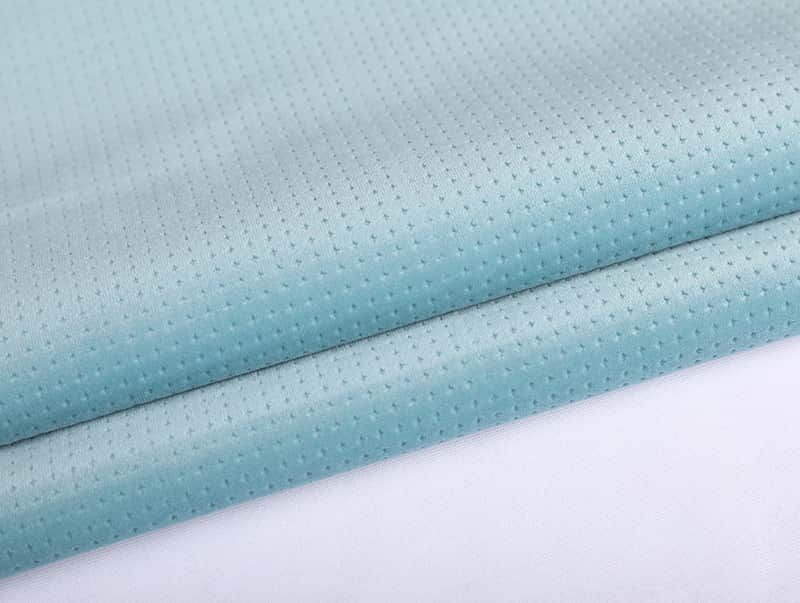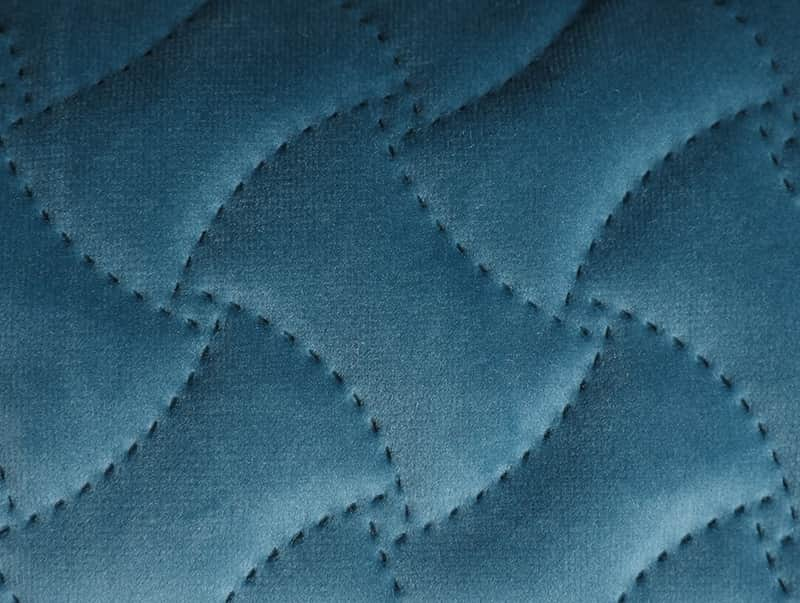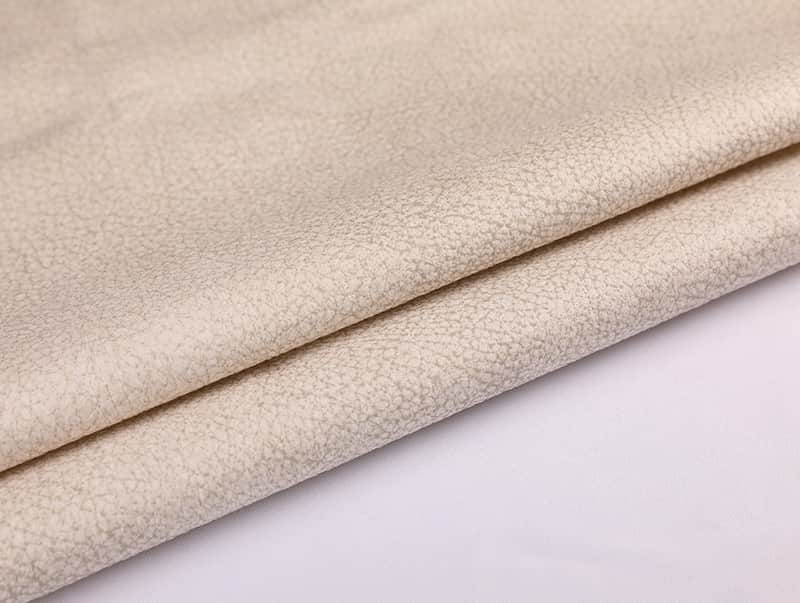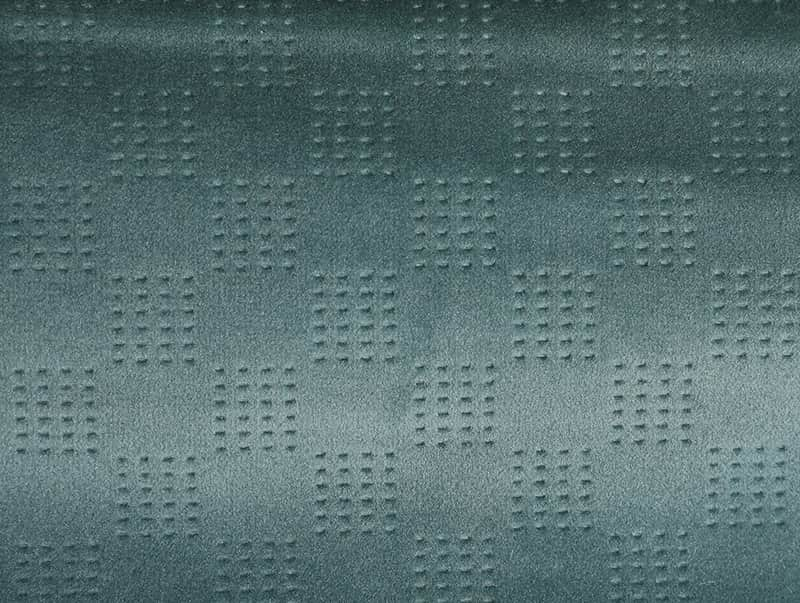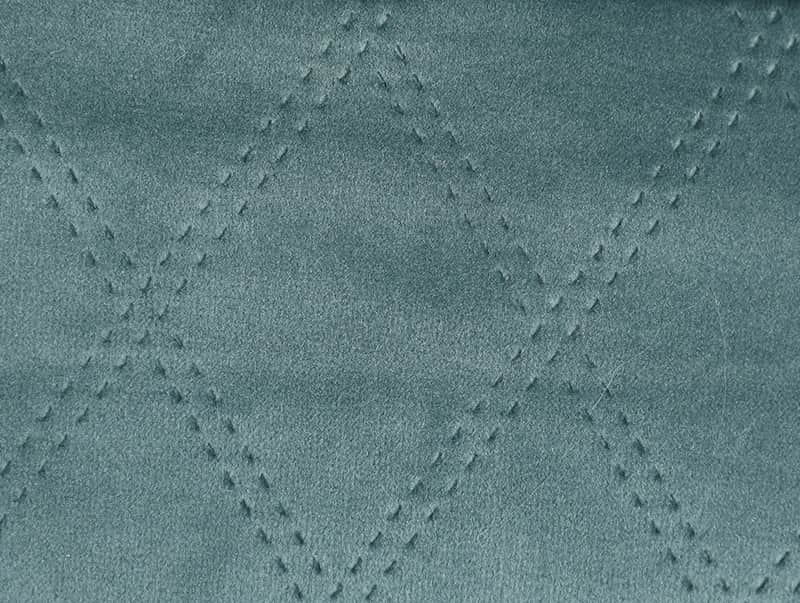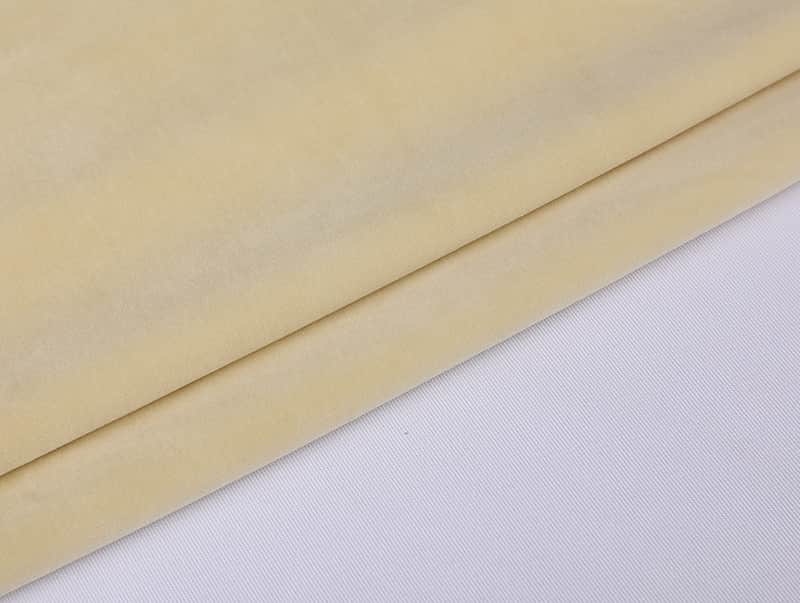Velvet curtain fabrics have a unique interaction with artificial lighting due to their rich texture, dense pile, and ability to absorb and reflect light in a distinctive manner. This interaction can dramatically influence the ambiance and visual appeal of a space, making velvet a popular choice for both traditional and modern interior designs. Here's how velvet curtain fabrics respond to artificial lighting:
1. Light Absorption and Reflection
Velvet’s dense pile and soft texture allow it to absorb light more effectively than many other fabrics. This results in deep, rich colors that appear even more intense under artificial lighting. However, the same pile also reflects light in a subtle, shimmering manner when light hits the fabric at different angles.
Absorption: Velvet curtains tend to create a warm, cozy atmosphere by absorbing excess light, especially when used in darker shades like deep reds, purples, or blues.
Reflection: The way the fibers are arranged in velvet can cause slight variations in how the fabric reflects light, leading to shimmering effects or soft highlights. This can give the curtains a more dynamic, luxurious appearance, especially under directed artificial lighting such as spotlights or pendant lights.
2. Enhancing Depth and Color Saturation
Velvet has a unique ability to enhance the depth and richness of colors when exposed to artificial lighting. The pile of the fabric creates a multi-dimensional surface, where light is scattered and reflected unevenly. This deepens the perceived color of the fabric, making it appear more vibrant and lush.
In warm lighting: Artificial lighting with a warmer tone (such as incandescent or warm LED lights) will make velvet curtains appear warmer and more inviting, often enhancing reddish or golden hues in the fabric.
In cool lighting: Cooler-toned lighting (such as daylight-balanced LEDs or fluorescents) can give velvet a crisper, more dramatic appearance, making colors like blue or gray appear more defined and intense.
3. Creating a Luxurious Ambiance
The natural luster and softness of velvet are accentuated under artificial lighting, especially in luxurious settings like living rooms, theaters, or upscale lounges. Velvet’s ability to softly reflect and diffuse light can create a sumptuous and elegant feel in a room.
Soft lighting effects: Velvet curtains tend to diffuse light, softening the harshness of bright artificial light. This can help to reduce glare and create a calming, tranquil atmosphere, particularly in spaces designed for relaxation, such as bedrooms or private sitting areas.
Spotlights and focal lighting: In rooms with directional lighting, such as spotlights or wall-mounted lights, the way velvet catches and reflects light can highlight the texture and movement of the fabric, emphasizing its luxurious quality.
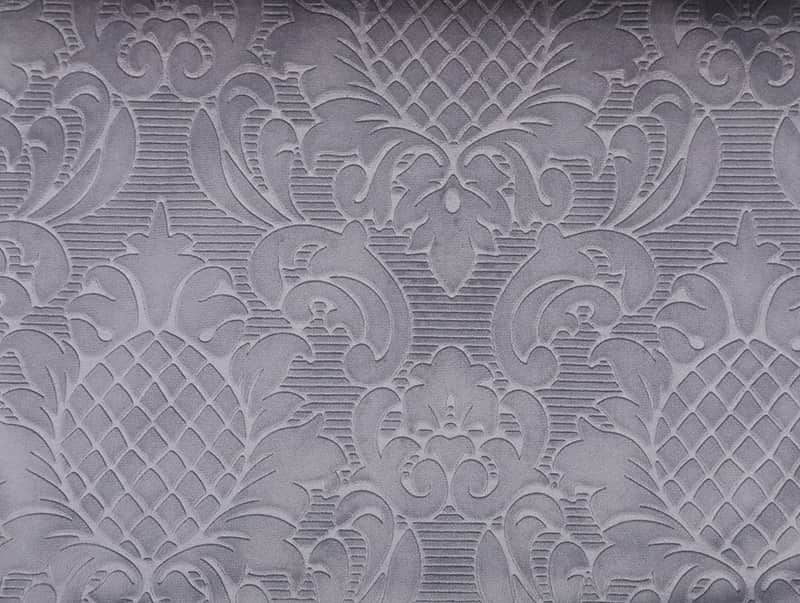
4. Dramatic Contrast in Low Lighting
In low-lit rooms, velvet curtains can create a sense of depth and drama, particularly in darker shades. Velvet’s natural light-absorbing properties make it ideal for rooms where a moody, intimate ambiance is desired, such as home theaters, reading rooms, or cozy lounges.
Shadow play: Because velvet absorbs so much light, it can create a rich contrast between areas of light and shadow, adding depth and texture to the room. This effect can be heightened with accent lighting that highlights specific areas of the fabric.
5. Velvet’s Sensitivity to Light Angle
Velvet’s appearance can change dramatically depending on the angle of the light source. This is because the pile of the velvet fabric reflects light differently when viewed from different angles. In a room with multiple light sources, this can result in a varied and dynamic appearance, where the curtains might look darker in some areas and shinier in others.
Directional lighting: Light directed at velvet from a specific angle can create a highlighted sheen, making certain parts of the fabric stand out. This effect can be used creatively to emphasize the texture and richness of the fabric.
Ambient lighting: Even diffuse or ambient lighting will give velvet a soft, inviting glow, making it suitable for settings where a gentle, atmospheric light is preferred.
6. Impact of Curtain Color on Lighting Interaction
The color of velvet fabric plays a significant role in how it interacts with artificial lighting. Lighter-colored velvet will reflect more light, creating a bright and airy feel, while darker shades will absorb more light, contributing to a cozier, more intimate environment.
Light-colored velvet: Under artificial lighting, lighter colors like cream, light gray, or pastel tones will appear more radiant, reflecting more light into the room. This can make smaller spaces feel larger and more open.
Dark-colored velvet: Rich, dark colors such as burgundy, navy, or emerald green absorb more artificial light, creating a more subdued and dramatic atmosphere. These colors are often favored in spaces where a luxurious, theater-like feel is desired.
Velvet curtain fabrics interact with artificial lighting in unique and dynamic ways, due to their combination of light-absorbing and light-reflecting properties. The fabric enhances the richness of colors, softens lighting to create a cozy atmosphere, and adds depth to room design. Whether used to create a warm, intimate setting or to add a touch of luxury, velvet curtains offer a versatile and visually striking option that responds beautifully to both warm and cool artificial lighting.
